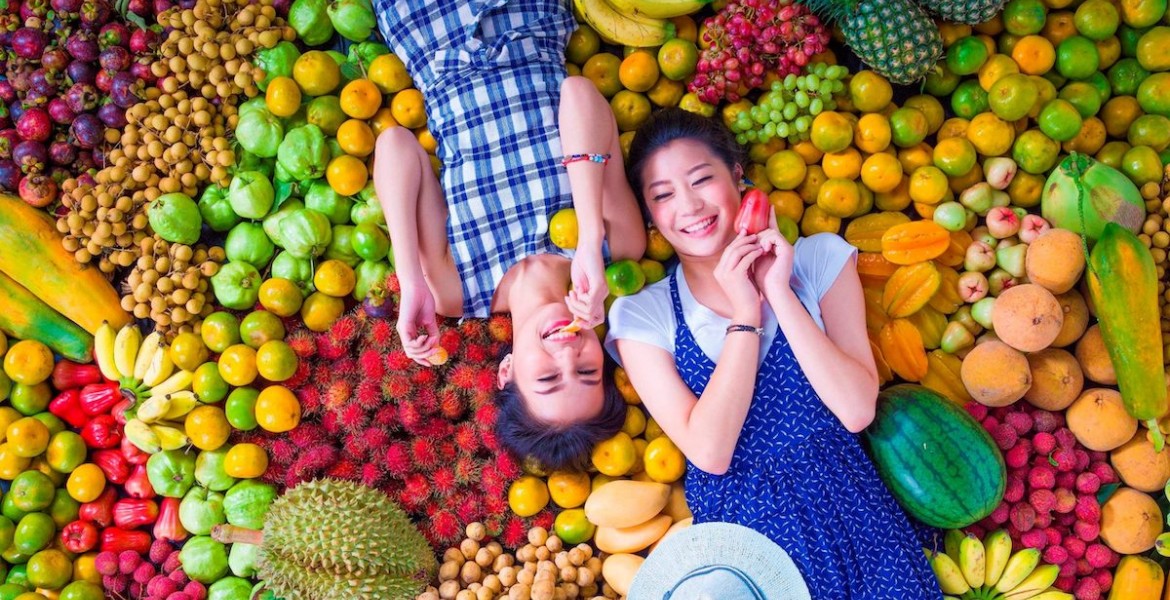
Phuket is an amazing island with fantastic landscapes, amazing nature and exotic cuisine. To get to know it well, you should get acquainted with all the sights of Phuket. You can start by visiting the Thai market. Do you think that we will offer to buy souvenirs? Not at all. The purpose of our today's excursion into the life of this island is to get acquainted with fruits, of which there are simply incredible quantities! Not all of them have Thailand as their homeland. Many plants were brought from other countries and even continents. However, in the fertile climate of the Asian tropics they have taken root well, becoming an integral part of Thai cuisine.
General rules for eating fruits in Phuket
• Despite the indicated ripening season, almost all fruits remain available to tourists all year round. The secrets of their storage are unknown to us. The only thing we can say with confidence is that skilled Thais manage to preserve the beautiful appearance of exotic fruits and excellent taste.
• The peels of many fruits in Phuket contain latex-like components. Washing them off your hands is usually quite simple. But with clothes, things are much more complicated, so it’s better to buy peeled fruits.
• Thailand is an exotic country located in the tropical zone. This means that there are a lot of problems with compliance with sanitary standards, so you should be very careful when buying fruits at the market.
• Not all fruits can be taken out of the country as souvenirs to friends, and some fruits are even prohibited from being brought to the hotel.
The most exotic fruits of Thailand

Durian (Thai. Thuriyan)
This fruit is often called the king of fruits in Thailand and this is done for several reasons. Firstly, you are unlikely to find a more exotic fruit. The reason is the combination of incompatible things in it. What does this mean? The fact is that it tastes divine! Once you try durian, you will definitely not forget it for the rest of your life. This fruit has a specific taste that is incomparable. To some it reminds them of sauerkraut, to others it reminds them of smoked chicken, still others hear notes of boiled eggs in it, and still others the taste of pineapple. And the most interesting thing is that all these tastes are against the background of a clear understanding that these are shades of fruit. The consistency is similar to pudding, buttery, soft with fibers. Inside there is a large bone that cannot be eaten. And most importantly, the durian pulp, after it is pulled out of the peel of the so-called fruit cone, begins to smell disgusting after an hour. The smell is so specific that entry into public places, including hotels, is prohibited. Therefore, it is carried and transported without opening the fruit to the pulp. And again, even in this assembled form, it still turns on all its aromatic fluids after a day or two and begins to smell. Therefore, eat it on the street or in a cafe, but you don’t need to take it anywhere! And everyone should eat it, because as the locals say, it contains a large amount of nutrients against all diseases in the world. And local Thai healers prescribe it to women who want to get pregnant as a preventive measure, since durian is able to replenish everything the body lacks.
When ripens: June-August
How to choose? If you buy durian at the market, ask for it to be cut. Ripe fruit will be slightly soft to the touch. Or tell the Thai you want to eat it now.
Useful properties: The fruit contains a large amount of vitamins and microelements. In addition, it is rich in organic sulfur, iron and calcium. And in terms of protein and antioxidant content, it is one of the leaders in the plant world. In general, it contains the entire periodic table
Note! One of the features of durian is its ability to increase blood pressure. That is why it is not recommended for pregnant women to eat. And this fruit is absolutely incompatible with alcohol.
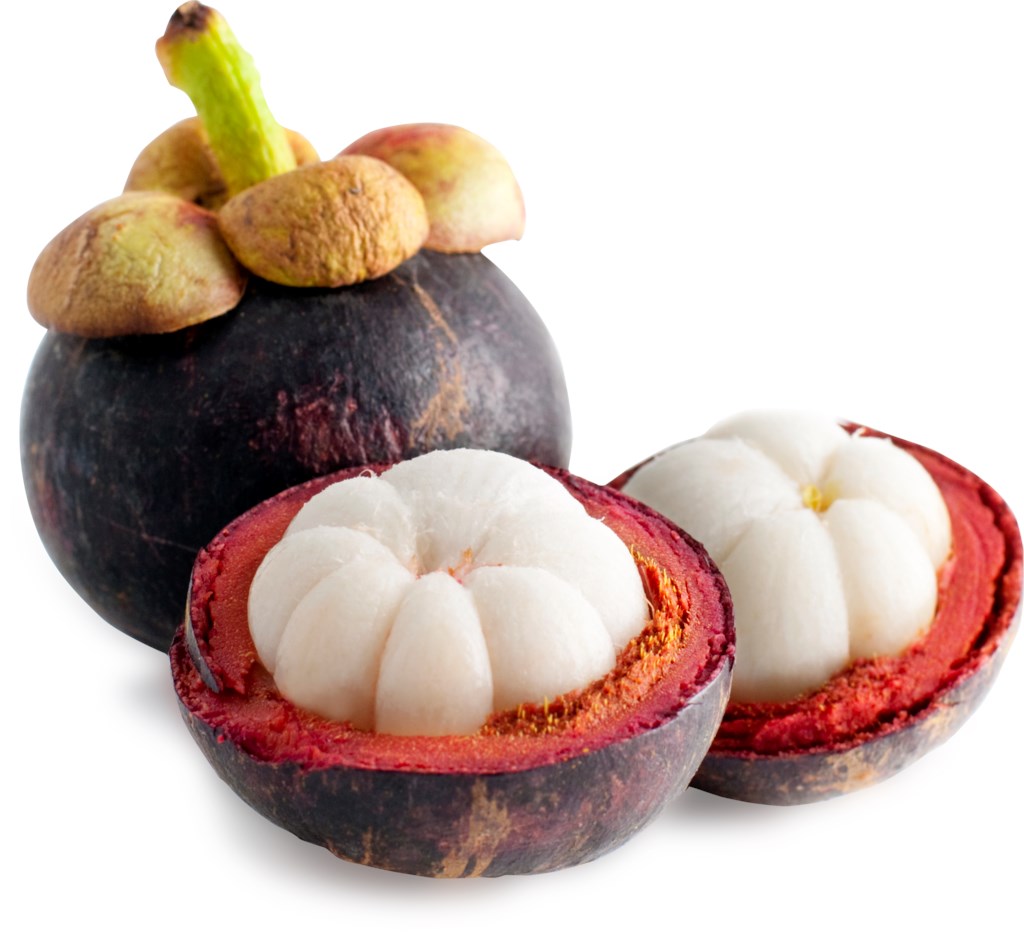
Mangosteen (thai mang khuuk)
Externally, mangosteen is quite unsightly, but it’s just a wrapper. The taste of this fruit is reminiscent of ripe grapes with a slight hint of peach. Amazing combination! Inside, the mangosteen is divided into cloves similar to garlic. Some slices have seeds, so you need to eat the fruit with caution. You can also eat the seeds, they are harmless, they just can sometimes taste bitter. And the taste of mangosteen itself is considered the most delicious in the world! On the market you can buy both garden and wild mangosteen - santon.
When ripens: May-September
How to choose? To determine the ripeness of a mangosteen, you need to press on it. The skin of a ripe fruit will be very soft. If the skin is oak and does not press down, then the fruit is old and not ripe!
Useful properties: Most of the beneficial substances are contained in mangosteen skin, so in Thailand they produce medicines and prepare decoctions from it. The pulp of the fruit contains vitamins B and C, as well as antioxidants.
Note! The mangosteen peel contains a large amount of coloring substances, so you need to be extremely careful when peeling it. Well, the peel itself is very bitter, don’t eat it))

Rambutan (tai. ngo)
Translated from Thai, "ngo" means "hair". Indeed, this fruit looks like a small hedgehog. Inside the original fruit there is very tender, sweet and pleasant-tasting white pulp. Rambutan is similar to lychee. The tastes are very similar. You shouldn't eat the peel.
When ripens: May-September
How to choose? The hairs of fresh rambutan are reddish-green in color. You should not buy fruit for future use. Its shelf life does not exceed 3-4 days. If the fruit is not as in the photo and is not pink-red in color, then it is already spoiled and should not be taken.
Useful properties: It contains almost all B vitamins. In addition, the fruit is rich in calcium and phosphorus. Rambutan improves immunity. In Thailand, it is often used for the prevention of cancer.
Note! Rambutan has a seed. You should not try it, as in its raw form it is slightly harmful.

Dragon fruit (thai pitahaya)
The most exotic thing about this fruit is not its taste, but its appearance. This is not surprising, because pitahaya is the fruit of a cactus. On top they are covered with large scales. The inside of the pitahaya is a jelly-like mass with a large number of very small black seeds that are scattered in a chaotic manner. But the taste of the fruit is not so original. It is slightly reminiscent of kiwi, but the fruit is also more watery. and a little sweet, there are three types of them in nature, you can see in the photo below.

When ripens: July-November
How to choose? Despite its origin, pitahaya has no thorns, so it can be handled with bare hands. Ripe fruits are slightly soft, but at the same time elastic.
Beneficial properties: Pitahaya perfectly quenches thirst and stimulates blood circulation. It is rich in vitamins and microelements. It also cleanses the stomach very well, so we don’t recommend eating a lot to avoid loose stools.
Note! When consumed in larger quantities, the fruits can change the color of urine and feces, which, however, is absolutely safe. But as we have already said, it makes the stomach very weak. Therefore, no more than one piece at a time. and not on the road.
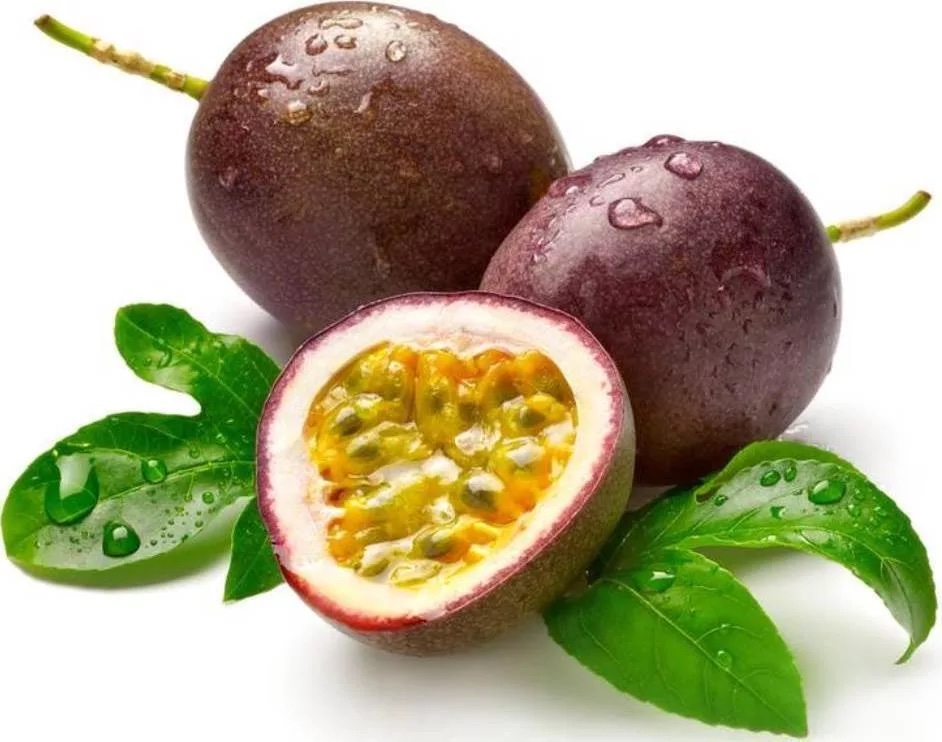
Passion fruit (thai. sauwaroot)
Another fruit with an exotic appearance and original taste. Externally, passion fruit is quite ordinary, but its pulp resembles jelly with a fairly liquid consistency. Because of this, you can only eat the fruit with a spoon. The seeds, as a rule, are eaten along with the pulp, but the skin must be discarded, since it is not only bitter, but also toxic. The taste of passion fruit is reminiscent of gooseberries or red currants. But the aroma of the fruit is incomparable! If you get too young passion fruit, it will be sour like lemon, then you can sprinkle a little sugar on the pulp.
When ripens: January-April
How to choose? Beautiful fruits with smooth skin are unlikely to be sour. You should choose slightly wrinkled fruits, which will be both tastier and sweeter.
Beneficial properties: The fruit contains a large amount of vitamin C, A and beta-carotene, so its consumption has a beneficial effect on the skin and immunity
Note! Passion fruit has a fairly pronounced calming effect. It gives a wonderful sleep, but can reduce concentration.

Papaya (Thai malakoo)
These oblong fruits, up to 50 cm long, resemble zucchini in appearance, but taste like a mix of melon and pumpkin. Papaya pulp is quite soft and tender, with a beautiful bright orange color. The peculiarity of papaya is that it is easily digestible, so this fruit can be included in the diet of even small children. The Thais use papaya when it is still green as a vegetable from which they prepare salads.
When ripens: all year round
How to choose? When choosing papaya, preference should be given to slightly soft fruits.
Beneficial properties: Papaya has a beneficial effect on the digestive system and helps with joint diseases.
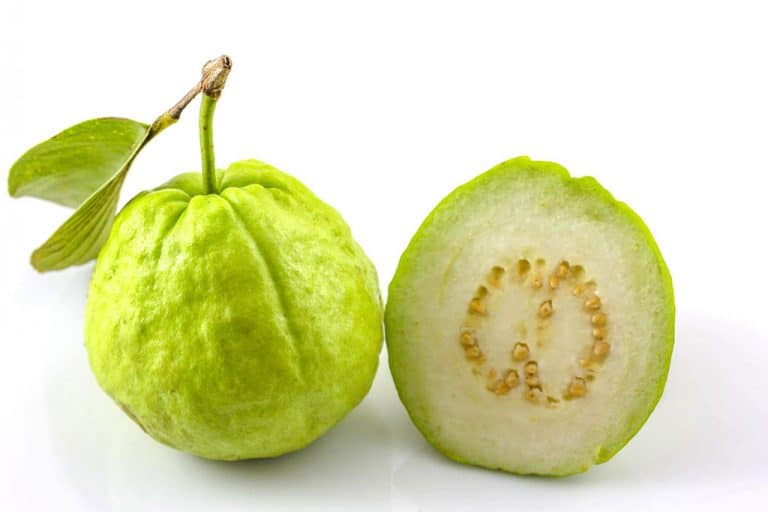
Guava (thai. farang)
Guava is another fruit that you can try in Phuket. It cannot be called extremely popular, since guava does not have a distinct taste or memorable aroma. However, this fruit is included in the menu of many hotels. To improve the taste, guava is sprinkled with sugar or syrup. It tastes somewhat like a green apple. Thais also make very tasty fresh juice from guava in a blender. You can't bite it, just cut it into slices.
When ripens: all year round
How to choose? Guava is always hard, so it’s better to ask a Thai, saying that you plan to eat it today, he will choose the ripest one for you,
Beneficial properties: Guava contains a large amount of vitamin C. Among the beneficial properties, there is a bactericidal effect, as well as a positive effect on the functioning of the cardiovascular system.
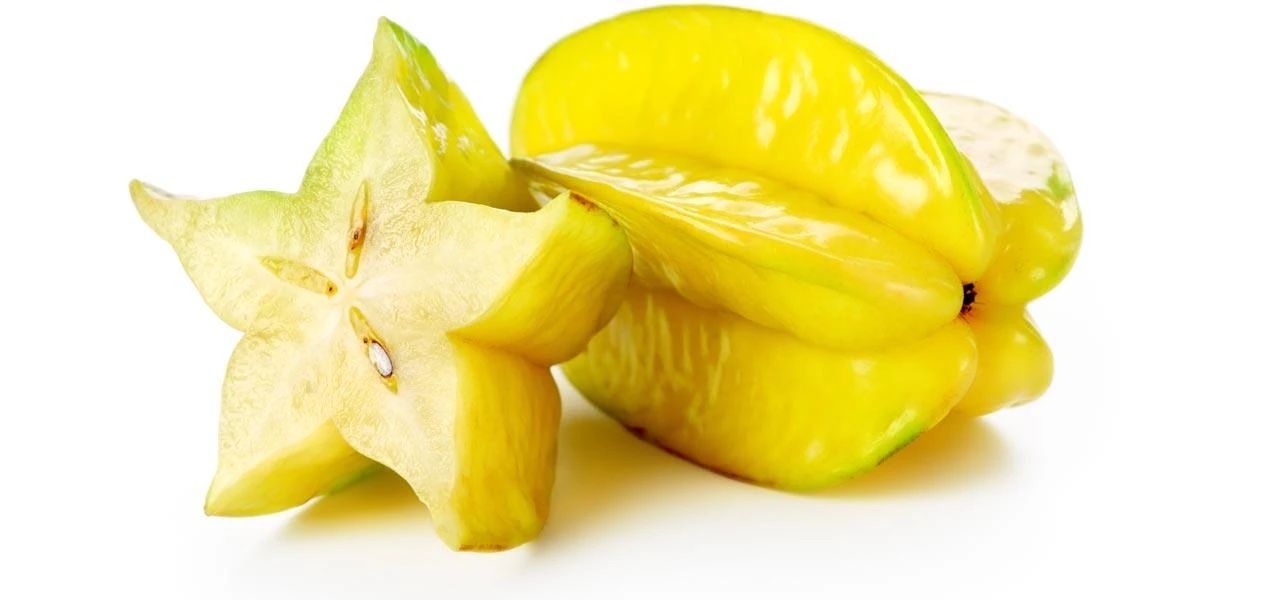
Carambola (thai mafeung)
In cross-section, it resembles an elegant star, which is why in our latitudes carambola is most often used to decorate dishes. In Phuket, Thais enjoy eating it. The taste of the fruit is sweet and sour and not too pronounced. But the aroma of the fruit is very pleasant, slightly reminiscent of jasmine.
When ripens: October-December
How to choose? Dense, fleshy fruits have the best taste.
Useful properties: Carambola is rich in vitamins B and C, as well as magnesium and beta-carotene. Guava is believed to have antidiarrheal and hemostatic effects.
Note! Due to the relatively high content of oxalic acid, guava should not be eaten if you have stomach diseases.
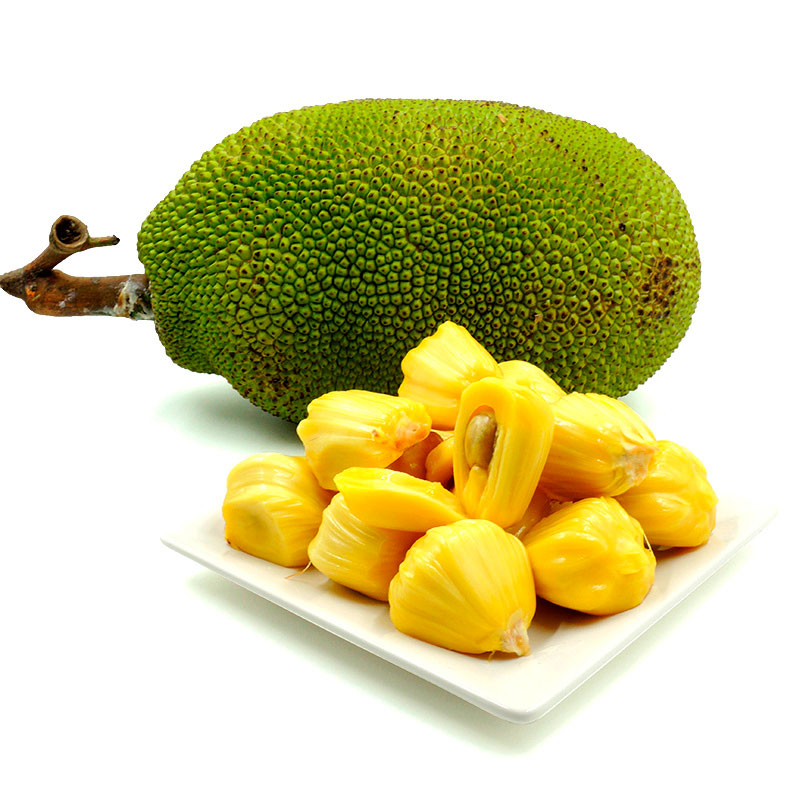
Jackfruit or Indian breadfruit (Thai Khanun)
The fruits of this tree are also known by another name - jackfruit. The taste of the fruit is in no way reminiscent of bread. They got their name due to the high content of carbohydrates in the jackfruit pulp, which contribute to rapid saturation. Breadfruit fruits are large. The weight of some of them reaches 30 kg, so it is much easier and more reasonable to buy jackfruit slices on the market. The aroma of the fruit is reminiscent of chewing gum, and the taste is that of ripe melon. There are seeds, but Thais often sell it already peeled for your convenience.
When ripens: January-May
How to choose? When choosing a slice of jackfruit, you should pay attention to the color. In ripe fruits it is brownish-yellow. The whole jackfruit needs to be tapped, as is done with watermelon. A ripe fruit will have a hollow sound.
Useful properties: Breadfruit contains a large amount of folic acid, vitamins A and C.
Note! The peel of the fruit contains a sticky substance, so you need to wear gloves when cleaning it.
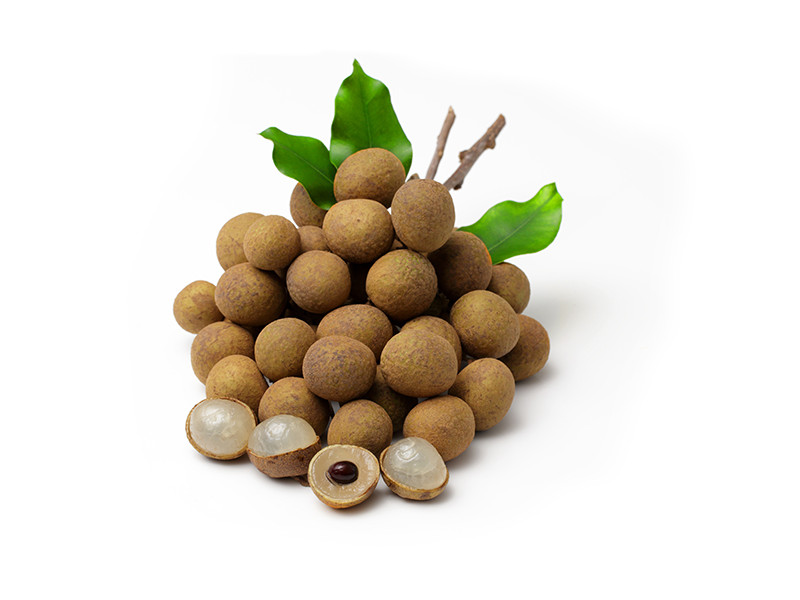
Dragon eye - longan (Thai Lamiai)
Due to its exotic appearance, this fruit received another, more well-known name - dragon's eye. It is sold like grapes, i.e. on a branch. The taste of this fruit is honey-sweet, with a slight hint of musk. Despite its original appearance, the pulp of longan is extremely juicy. Inside the fruit there is a bone that is unsuitable for food. To be honest, this branch flies away in one snack.
When ripens: July-September
How to choose? Ripe fruits have a slightly rough surface and do not have pronounced spots on the skin. Dense, inflated, not soft.
Beneficial properties: Dragon eye contains vitamin C, phosphorus and iron. The fruit is a good tonic. Useful for thyroid diseases.
Note! You can eat a small amount of fruit at one time, since longan helps to raise the temperature. I mean, a twig is okay, but a basin is not worth it.

Lychee (tai. lingyi)
This fruit is considered one of the most fragrant in Thailand and the most delicious in the world. Sometimes its smell is even called overly intrusive, but this does not make it any less bright and memorable. The taste of lychee is light, sweet and sour with a pleasant tartness, which favorably highlights the flavor of the fruit. In appearance and consistency, the inside of the fruit is very similar to grapes.
When ripens: April-July
How to choose? The skin of ripe lychees is red or dark pink. Fruits with green veins should not be taken, as unripe fruit may be unsafe.
Useful properties: Lychee has excellent tonic properties. Its use is indicated for anemia and diseases of the hematopoietic organs.

Paradise apple (tai. noina)
Paradise apple is another exotic Phuket fruit with a custard flavor. This dessert is also reminiscent of another feature of the fruit, namely, the extremely delicate consistency of the pulp, because of which it is recommended to eat the fruit with a spoon. The shape of the fruit really resembles an apple, but only covered with fairly large scales. Because of this, the noina takes on a resemblance to a fir cone. It is noteworthy that the peel scales emit a barely noticeable pine aroma.
When ripens: April-July
How to choose? A ripe apple of paradise can be distinguished by the slightly greenish color of the peel and the white pulp between the scales. In this case, the fruits should be dense. and soft. if they fall apart in your hands and are too dark, then the fruit is already overripe, if it is very dense and green and you are not in Thailand, but at home in the store, then there is a chance that you will not wait for it to ripen, since it was picked too early .
Useful properties: Noina is rich in amino acids and vitamin C. Decoctions from this plant have tonic and antipyretic properties.
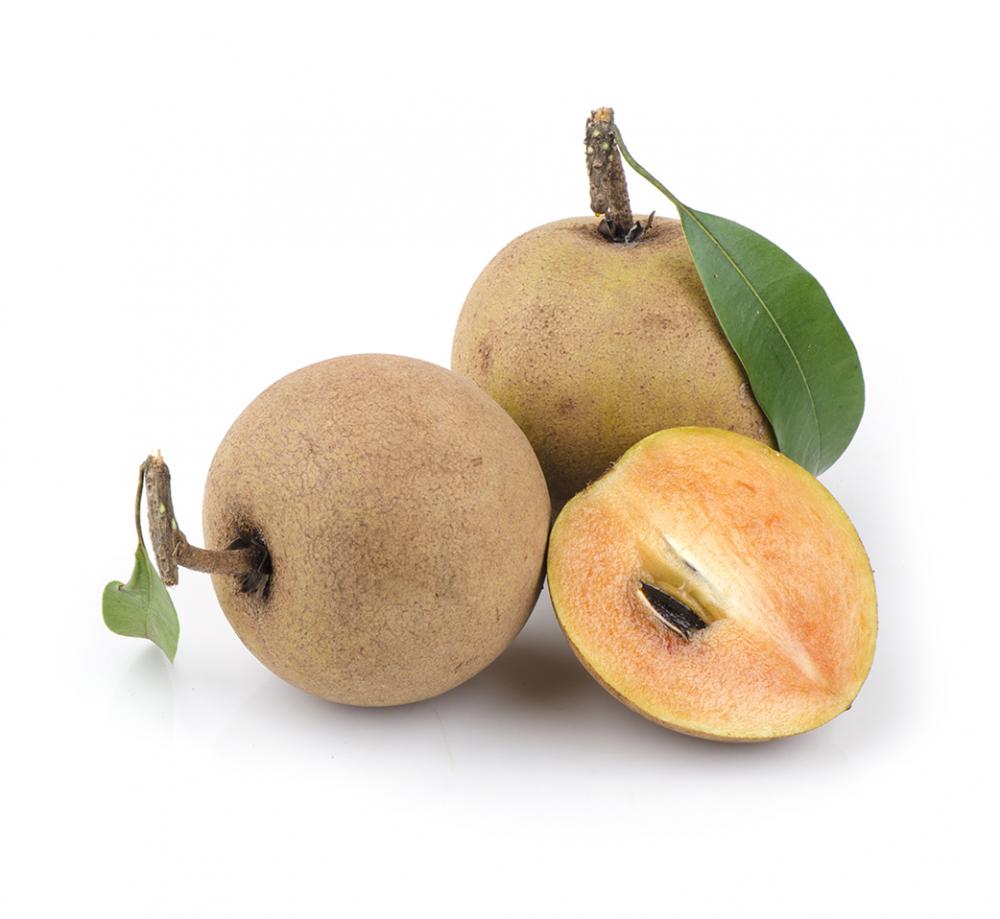
Sapodilla (Thai Lamut)
Outwardly, this fruit seems unattractive, but you should not trust the first feeling. Sapodilla tastes like a cross between a pear and a persimmon. The peculiarity of the fruit is a very high, almost caramel-like sweetness. Sapodilla should be eaten immediately after purchase. Otherwise, you have every chance of becoming familiar with the unpleasant odor that is emitted by slightly stale fruit. They are often used to make jams or pies; for example, I almost never buy it.
When ripens: September-December
How to choose? When choosing a sapodilla, press lightly on it. If the fruit gives in easily, it means it is ripe. Unripe fruit is unsuitable for food.
Useful properties: The fruits of the plant have good regenerating properties. The fruit is rich in vitamins A and C.
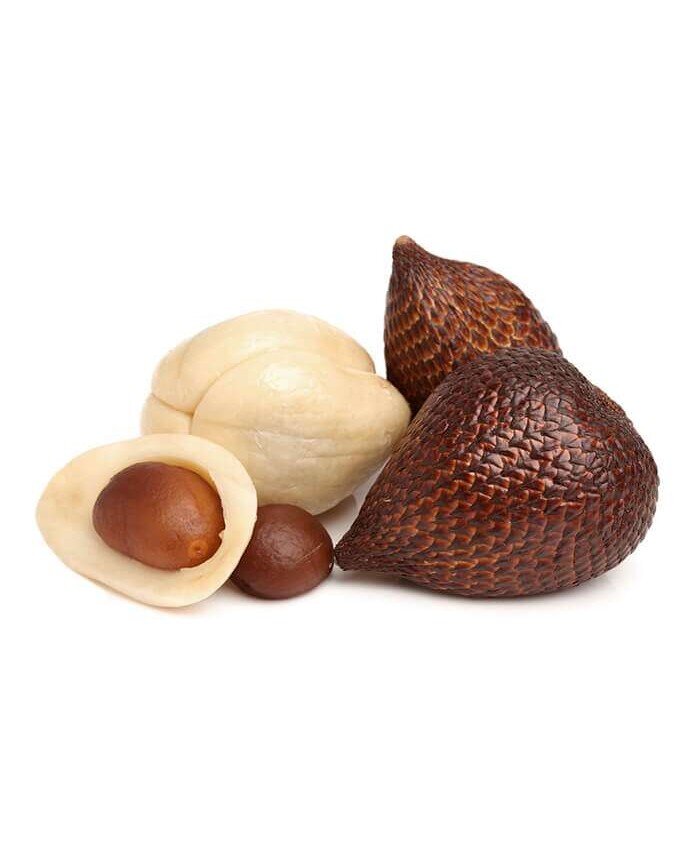
Salak or snake fruit (tai rakum)
This fruit has not only an exotic appearance, but also a cool disposition. The culprit is the needles that are located on the scales of the herring. It is because of them that tourists who do not have the skills to peel this fruit are recommended to buy it without the peel. The taste of herring is as original as its appearance. Connoisseurs of the fruit note that strawberry and pineapple notes are clearly visible in it, and the aroma of valerian is noticeable in the aftertaste. Externally, the peel resembles the skin of a snake, hence its name.
When ripens: May-August
Beneficial properties: Salak perfectly removes toxins and cleanses the blood. Due to its high tannin content, it has astringent properties.
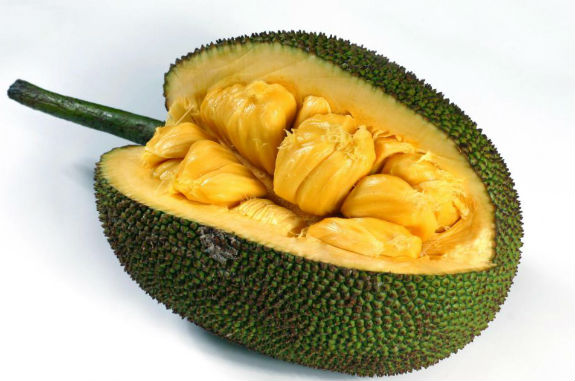
Chempedak
Chempedak is an incredibly popular fruit in South Asia, which is little known to tourists from our latitudes. It is very difficult to describe its taste. Only one thing comes to mind - this is an amazing dessert that will be remembered for a lifetime. Many claim that it is somewhat reminiscent of durian, but without the disgusting smell. The aroma of cempedak is pleasant, and the pulp is tender and very nutritious.
When ripens: January-May
How to choose? When buying cempedak, trust your nose - the better the fruit smells, the tastier it will be.
Beneficial properties: Cempedak fruits contain a lot of vitamins A, B and C. In Asia, it is considered a mild, but quite effective sleeping pill.
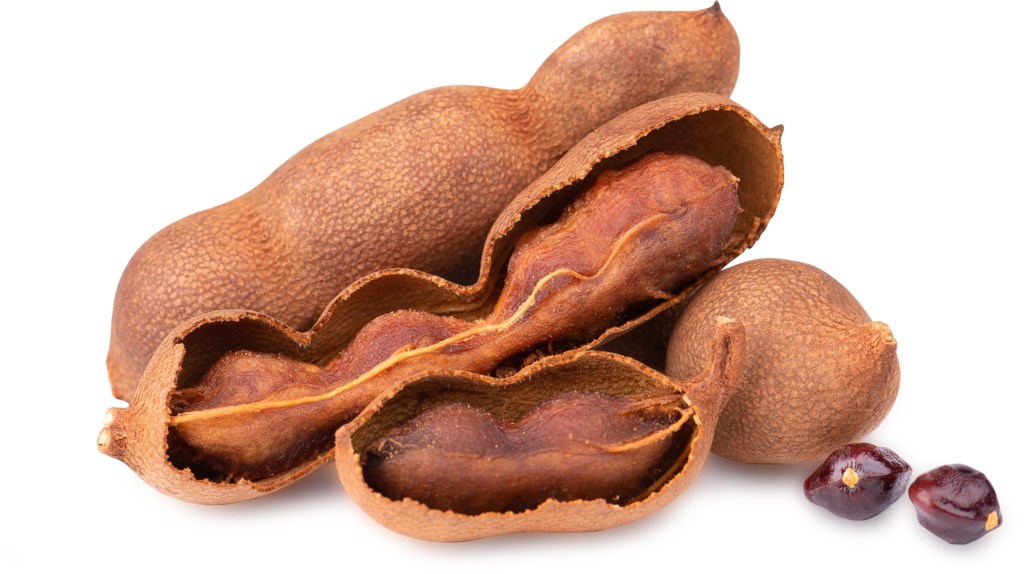
Tamarind (thai makamtad)
In fact, tamarind has nothing to do with the fruit. This exotic plant, native to eastern Africa, belongs to the legume family. And yet, we talk about it as a fruit. The reason is a sickly sweet taste, reminiscent of dates. Tamarind fruits are similar to peanut pods, but with a smoother surface. Among the features of the plant, it is worth noting its high calorie content, not inferior to breadfruit.
When ripens: December-March
Beneficial properties: Tamarind has a mild laxative effect. The pulp of the fruit is rich in magnesium, zinc, sodium, as well as vitamins A, B, C, etc.

Longkong (Thai Manuang)
In appearance, longkong is very similar to grapes. But the fruits in it are attached to one branch. The fruits are covered with a thin but fairly durable sand-colored skin, under which lies the pulp divided into segments. The taste of longkong is sweet, very pleasant, with a slight sourness. It is recommended to store fruits for no more than 3-4 days.
When ripens: November-December
Beneficial properties: Longkong contains a lot of vitamins B1 and B2, as well as potassium, phosphorus and iron. Decoctions from the plant have antibacterial properties and are used to combat such dangerous diseases as malaria.
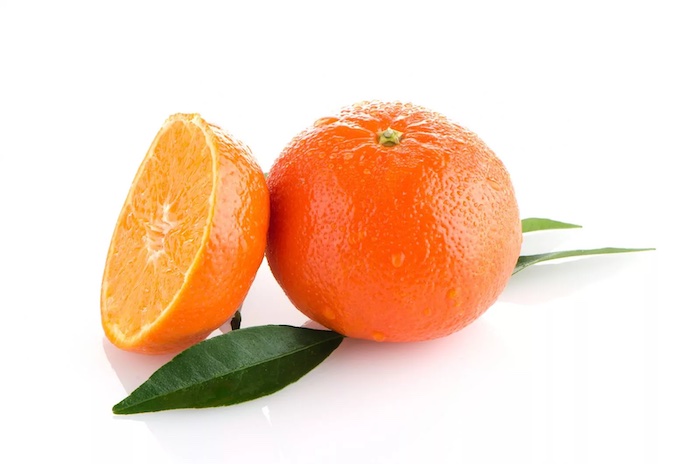
Tangerine (thai som)
Behind this name hides a close relative of the tangerine, which has long ceased to be exotic. Tangerine is distinguished from its popular cousin by its smaller size and bright green peel. The fruit slices are orange, with a lot of seeds inside and a refreshing tangerine taste. In Phuket, tangerine is used to prepare fresh juices and compotes.
When ripens: September-February
Beneficial properties: Like all citrus fruits, tangerine is an excellent source of vitamin C. The fruit is also known as an excellent immunostimulant.

Antillean gooseberry (Thai. Mayom)
Despite their similar names, European and Antillean gooseberries have very few similarities. What they have in common is a sour taste and that’s probably all. Unlike its usual counterpart, this exotic fruit grows on trees. The fruits of the Antillean gooseberry are slightly flattened at the poles. There are bones inside that are very difficult to separate from the pulp.
When ripens: January-March
How to choose? Edible gooseberry fruits have a light yellow skin color without any damage.
Useful properties: Antillean gooseberries are a real storehouse of vitamins. It contains a lot of vitamin C, so its fruits are actively used for colds.
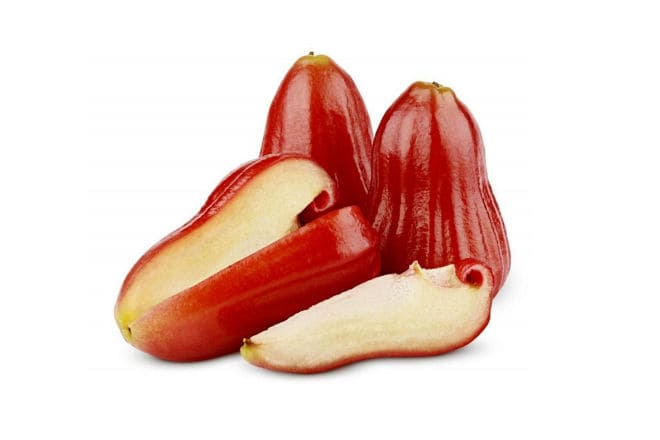
Malay apple (thai chomphu)
Externally, this fruit resembles an exotic cross between a pear and bell pepper. The taste of the fruit also does not resemble an apple. It is slightly sweet with sourness and a pine aftertaste, i.e. quite exotic. Malay apples are a great thirst quencher. It's so juicy that you feel like you're drinking juice.
When ripens: January-June
Beneficial properties: Malay apple has antimicrobial and antibacterial properties.

Mango (Thai Mamuang)
This fruit is well known in the European part of our continent and, nevertheless, it continues to be considered exotic. In Phuket, mangoes are very popular among both Thais and tourists. The bright orange pulp of the mango is very juicy and pleasant. The flavor is most easily described as tropical, as it doesn't resemble any other fruit. Thai mango is considered the most delicious and sweetest on earth.
Ripens when: March-May
How to choose? The largest mangoes are not always the tastiest. The best choice would be medium-sized fruits. An unripe fruit can be kept at room temperature and it will “arrive.” There is no need to mash the mango when choosing. Because of this, the fruits quickly deteriorate. If you take food now, then tell the Thai man at the market, if you take it with you on the plane, tell the Thai man to give it to him in a transport net.
Beneficial properties: With the help of mango, you can get rid of toxins in the body and even lose a little weight. It also promotes the production of endorphin, or simply put, the “hormone of happiness.”
Note! Mango has a mild laxative effect.
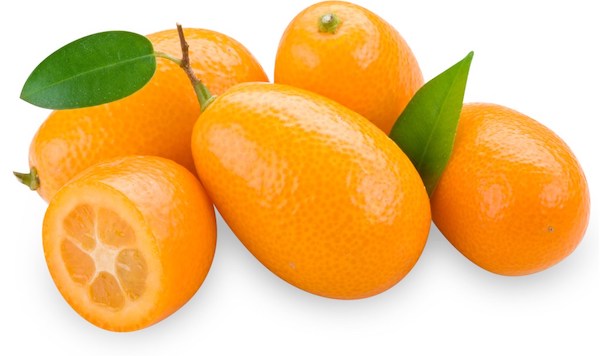
Kumquat
If kumquat was previously considered an exotic fruit in our country, now it can be found in many supermarkets. In appearance it resembles a small orange. The taste of kumquat is more similar to tangerine. Eating it together with the peel gives the fruit a piquant bitterness. Due to its small size, kumquats are often used to garnish cocktails.
Ripens when: June
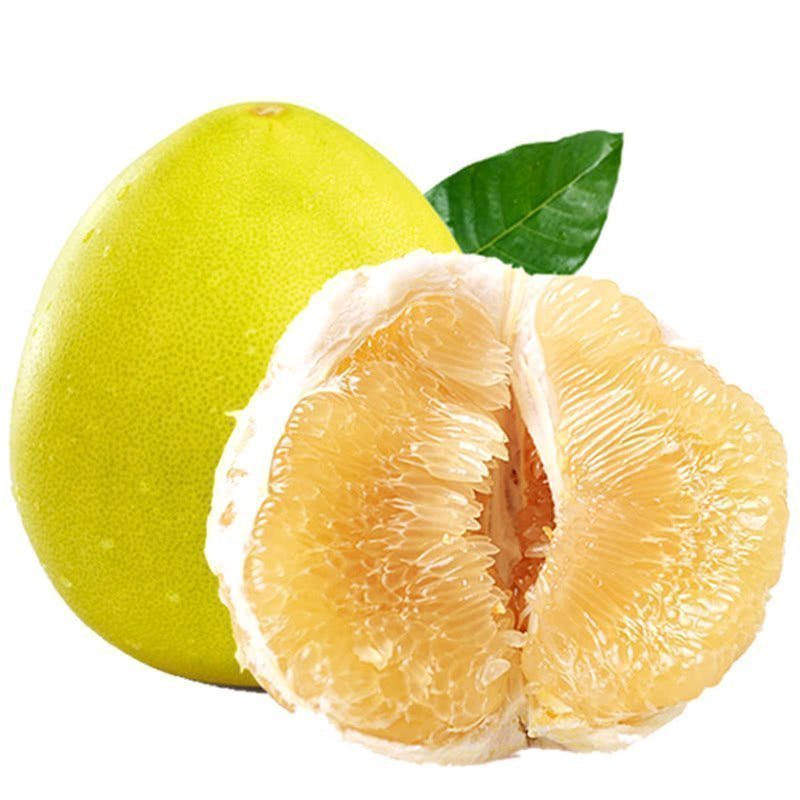
Pomelo (Thai somo)
This fruit is native to China and grows in abundance in Thailand. Both in appearance and in taste it resembles a grapefruit, but with a thicker skin. Another feature of pomelo is its lower juiciness compared to other citrus fruits.
When ripens: January-February, August-November

Coconut (Thai Maphrau)
In Thailand, coconut is considered one of the most popular fruits. However, it is rarely used in its raw form. The exception is coconut milk, which perfectly quenches thirst. The crushed pulp is used to prepare confectionery products, and it is also used in a similar way to our potatoes. This is the only product that goes through a full processing cycle.
When ripens: all year round
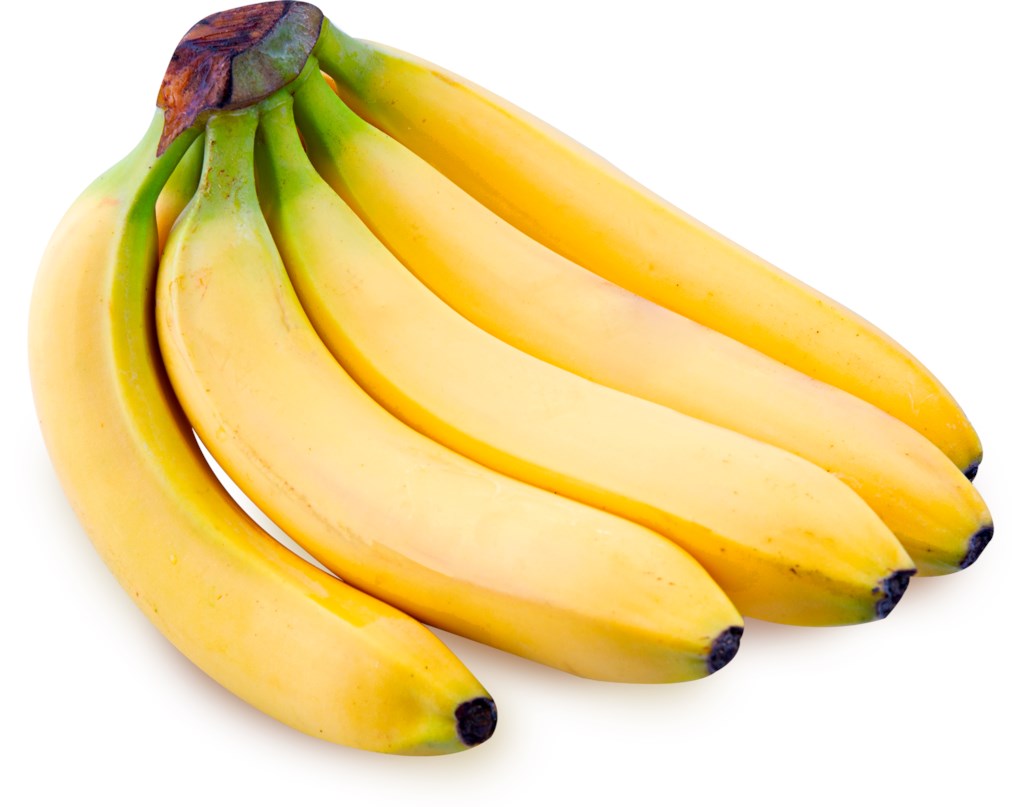
Banana (thai kluay)
An impressive selection of bananas awaits you in Phuket. In addition to yellow ones, you can buy green, red and brown fruits on the island. Oddly enough, green bananas are considered one of the most delicious. Do you want something exotic? Try the Kluay Nam Wa hairy bananas, which have a plush skin and small seeds inside. It is noteworthy that in Thailand bananas are used to prepare many dishes, and not all of them are desserts.
When ripens: all year round
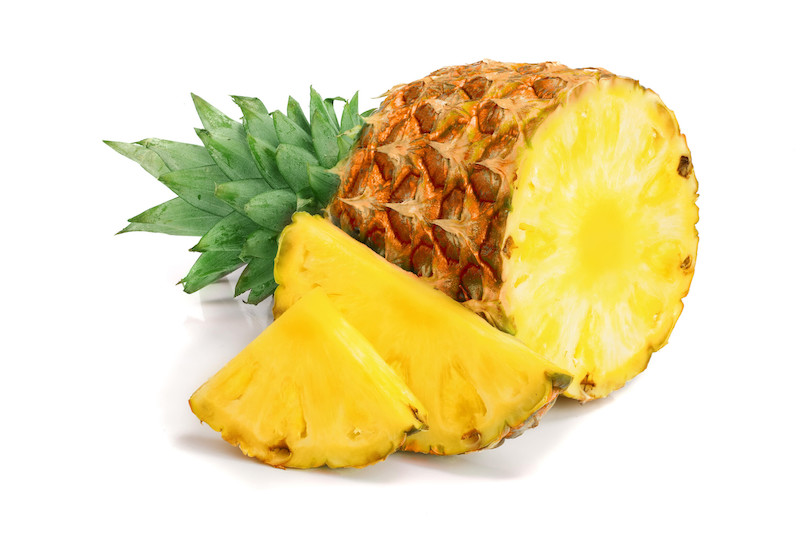
Pineapple (thai saparot)
In Phuket they say that if you haven't tried Thai pineapple, you don't know anything about this delicacy! We dare to say that the Thais are right about something. Despite the fact that Thailand is not the birthplace of pineapples, they are truly magnificent here. The honey pineapple deserves special attention; its taste is simply delicious.
When it ripens: December-January, April-June (but it is sold all year round)

Thai plum (thai maprang)
Another fruit that may look very familiar is the Mariana (Thai) plum. Outwardly, its fruits are indeed very similar to the familiar plum, but in fact this tree is a relative of the mango. That is why it is not at all surprising that the taste of this fruit is very reminiscent of exotic fruits loved by tourists.
Ripens when: March-May
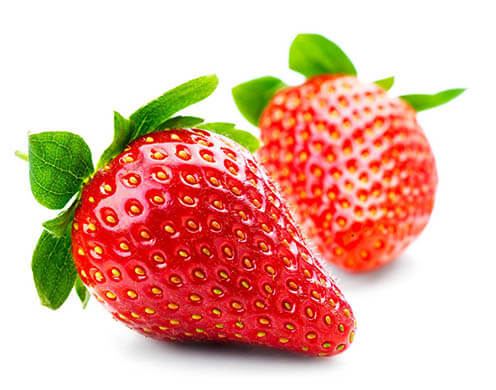
Strawberry (Thai. Satroberi)
Strawberries in Phuket bring joy to tourists, but you should not rush to pay a price for them that is quite high for these places. Outwardly, it really is no different from our berries, but its taste and aroma are not nearly as rich. In addition, the feeling is spoiled by the excessive wateriness of the berries.
When ripens: March-July
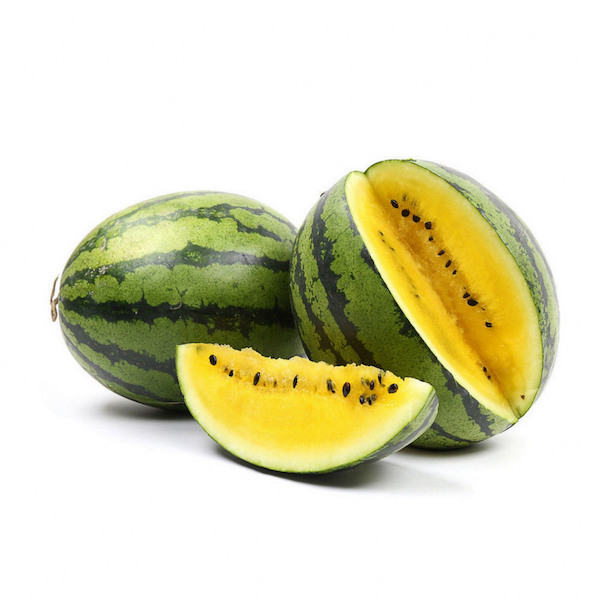
Watermelon (Thai tengmo)
In addition to traditional red-fleshed watermelons, you can try exotic yellow watermelon in Phuket.It costs more than the “minke whales” that are usual for our latitudes, but their taste is almost identical. The higher price is explained simply - among the Thais, yellow symbolizes wealth.
When ripens: October-March
As you can see, Phuket can rightfully be called a paradise for fruit gourmets. And I’ll add that the Thais manage to preserve almost all fruits all year round, except that lychee is more difficult. So, within a year, when you fly to Thailand, you will be able to try almost all the fruits. And besides this, you can have a great time here by going on excursions with the company “SVOI TRAVEL” ! What to see in Phuket? Our guides will be happy to tell you about this!



